UC Gardening Blogs
Robbin Thorp Would Have Been Proud
The late Robbin Thorp, UC Davis distinguished emeritus professor and a tireless...
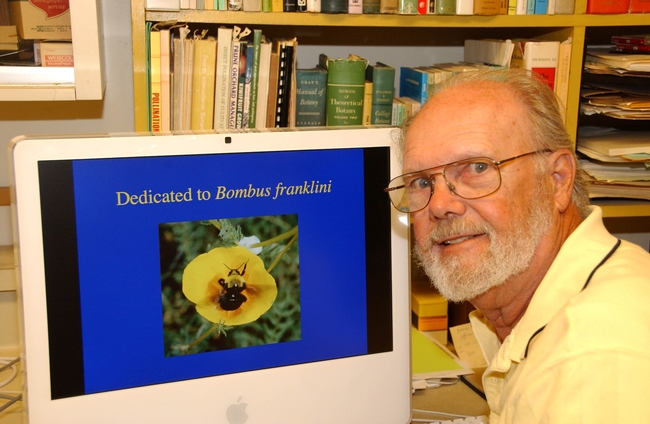
The late Robbin Thorp, UC Davis distinguished emeritus professor, kept his image of Franklin's bumble bee as his screensaver image on his computer. He last saw the bee in 2006 at Mt. Ashland, and was the last known person to see the pollinator. (Photo by Kathy Keatley Garvey)
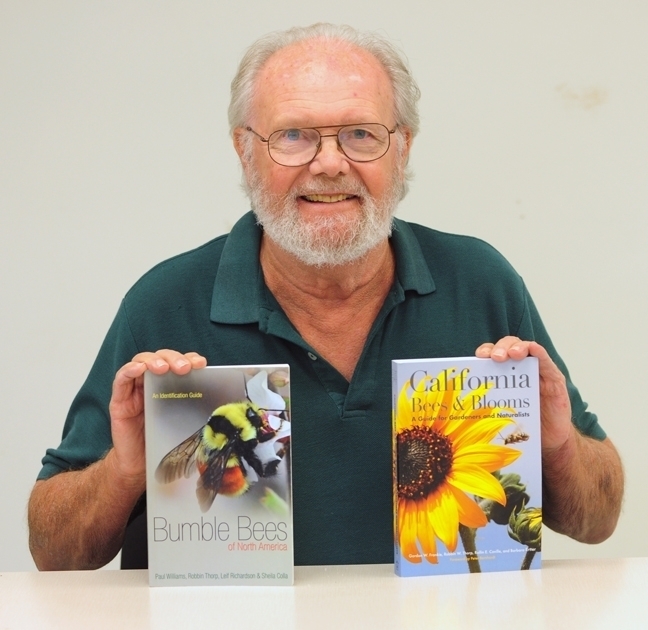
Robbin Thorp, an expert on pollinators, including bumble bees, co-authored these two books in 2014. (Photo by Kathy Keatley Garvey)
Avoid Tree Planting Errors
Planting a tree seems like a no-brainer. Purchase a tree from your big box store or local nursery. Find out how much sun and water it needs and find a good place to plant it. Next, dig an appropriate size hole, ease the tree out of the pot, and plop it in the hole. Add water and watch it grow. Here is an unhappy scenario of a planting gone bad. First-year all is good leaves are healthy and some blossoms appear it even produces a fruit. After the second year in the ground, leaves die off early top branches die off. More watering doesn't solve the problem. In the third year, it's obvious it isn't thriving despite water and pruning, it's dead.
Digging it up I discovered I did two things that contributed to its early demise. First, I didn't comb the root ball at planting time to carefully release the roots and remove circling roots. Circling roots often occur when the tree has been sitting in its container too long and the roots keep growing outward and around and around the diameter of the container. The second no-no I did was burying the root crown too deep. This tree was grafted and it was buried just below the graft.
Circling roots can cause a number of problems to young trees. The roots may grow in a compact area the same size as the original pot it was planted in. The tree will not be stable and or blow over in a strong wind. A large girdling root may stop the roots from spreading out and getting enough water for a growing tree. Inspect the tree before planting carefully comb out the roots and pull them gently outward. If there is a large root circling the entire root ball, you can do one of two things either cut the large root out and free the other roots or return it to the nursery or store (a reputable nursery should accept an exchange).
Gently pull the roots outward from the circle also pull them down and outward. Make the hole large enough to spread out the roots. Don't compact the soil.
Putting the tree crown too deep in the soil creates other developmental problems which almost mirror the problems of my tree. The root crown or flair is that area just where the roots and tree trunk meet. It is where the root of the tree does gas exchange through the phloem of oxygen and carbon dioxide essential to root development. Eventually, the root cells start dying off resulting in less water uptake and nutrient loss. The root cells become susceptible to rot. The tree needs to be replaced. In this instance, the tree was planted with its tree crown at ground level but I filled in the area with more soil. The tree crown was only 2 ½ “below the surface but it was enough to prohibit the tree from getting enough gas exchange. Check of the hole when planting the tree allow for the crown of the tree to be slightly above ground level so you can see the flair. Avoid compacting the area around the tree.
. Over a period of years, the lack of gas exchange will kill phloem cells in consequence interfering with the downward movement of food (photosynthate) to the roots, eventually leading to root dieback and reduced water uptake Healthy roots should be white in color or light brown.
For more information:
Bartlett tree experts Research Laboratory
www.bartlett.com/resources/root-collar-disorder.pdf
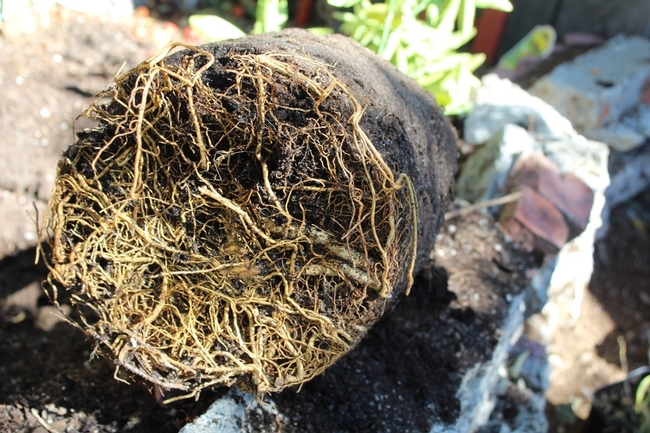
photo by Brenda Altman
Oh, To Be a Praying Mantis...
Oh, to be a praying mantis, and hide among the flowers waiting for prey. On a warm sunny morning...
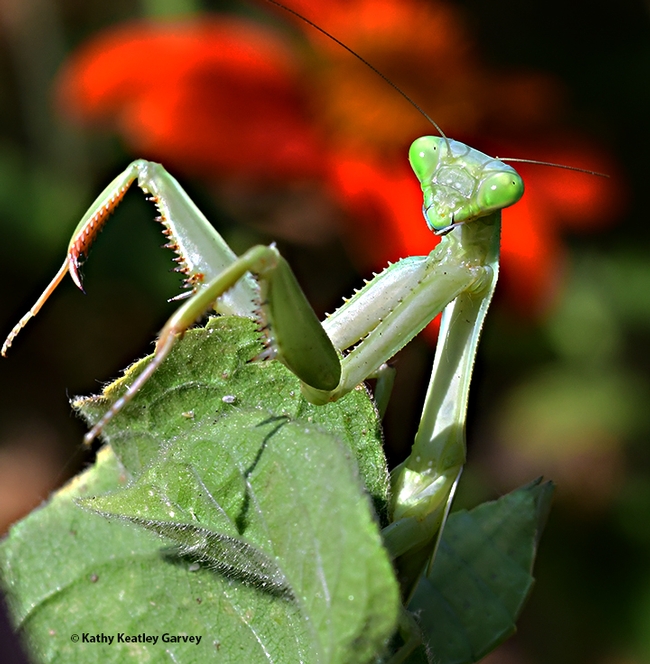
A female praying mantis, Stagmomantis limbata, peers at the photographer in a Vacaville pollinator garden. (Photo by Kathy Keatley Garvey)
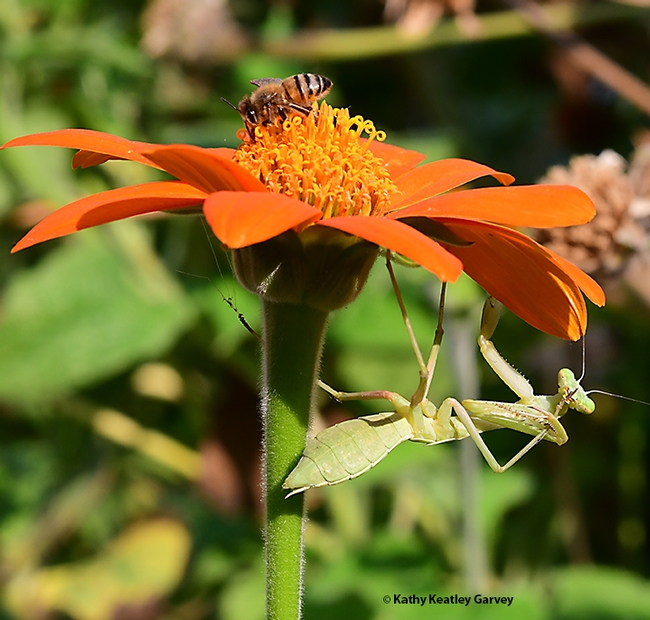
This praying mantis stops and grooms herself. Is it important to groom yourself before breakfast? (Photo by Kathy Keatley Garvey)
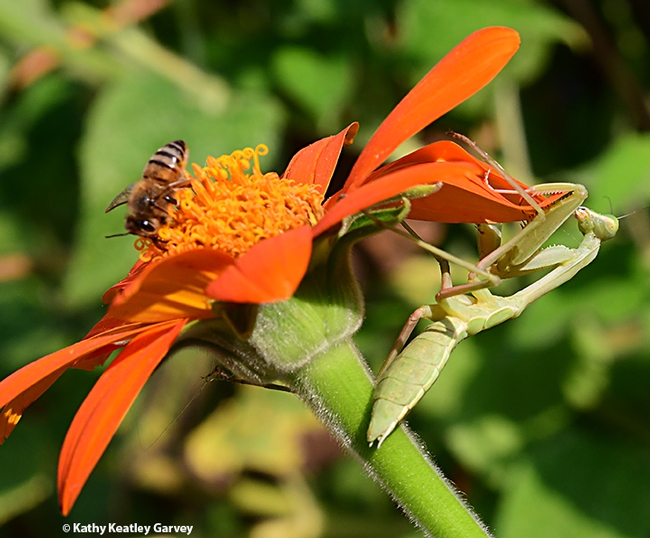
The mantis starts her climb to the top of the Mexican sunflower blossom. (Photo by Kathy Keatley Garvey)
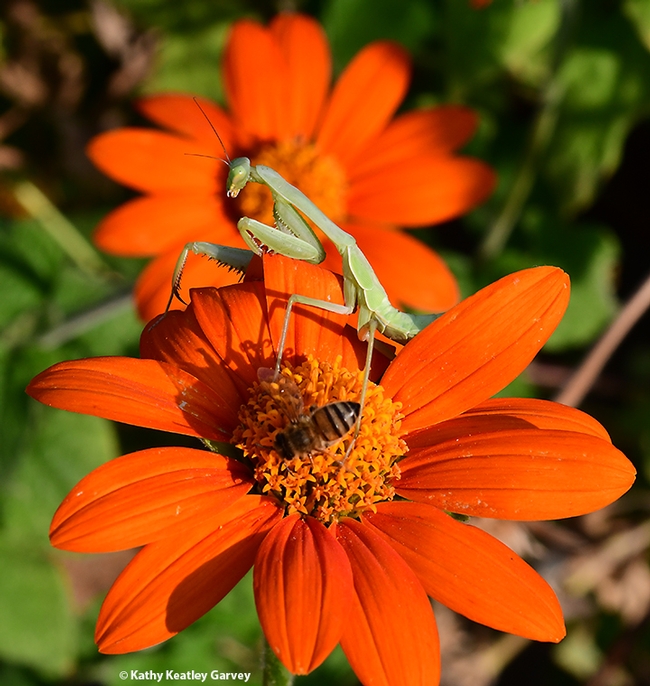
Hey, I'm here! The praying mantis surveys her surroundings. Note: this bee did not become breakfast. (Photo by Kathy Keatley Garvey)
Amazing Story About What Entomologist Lynn Kimsey Recorded in San Francisco Bay 50 Years Ago
Imagine this. You're a high school junior and you want to become a marine biologist. You're...
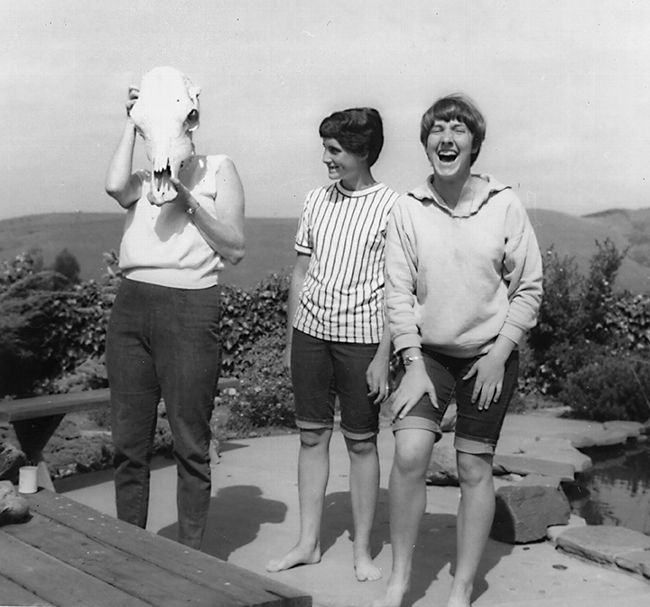
Lynn Siri (far right), now UC Davis professor Lynn Kimsey, laughs with her sister, Anne, as their mother, Jean Siri, tries on a skull.
Cape Balsam
by Melody Kendall I am not usually the type of person that colors outside the box. Following...



